















|
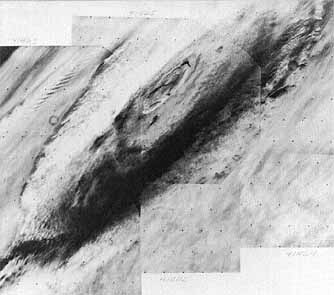
|
|
|
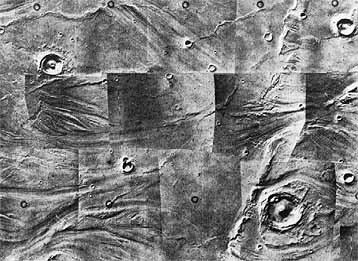
|
|
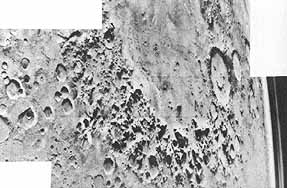
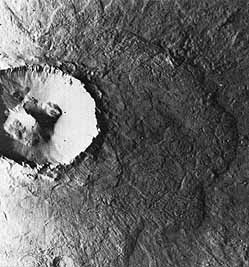
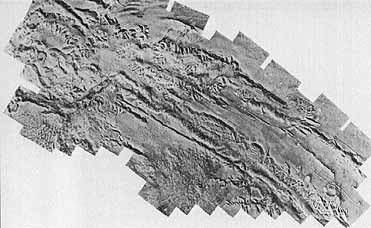
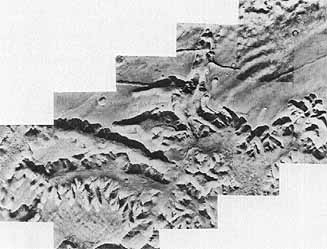
|
|
|
[371]....evolution of the canyon lands. Both geological regions are young in terms of the life of the planet, and changes in both areas likely have continued to the present. Mars and Earth may thus be more alike in geological terms than previously expected. The Viking images have contributed to a new field of study called comparative planetology. Undoubtedly, the wealth of new information gathered by the cameras on the orbiter was ample reward to the people who had fought so strongly to send an improved imaging system to Mars to complement the scientific instruments. As Mike Carr and his associates had predicted in October 1970, "The high-resolution imaging system may be considered as the "meat and potatoes" low-risk but guaranteed-significant-gain experiment in the mission." 13
|
| |
|
| |
|
Stage 1 |
Onset of polar activity. |
| |
|
| |
|
Stage 2 |
First depositional period. |
| |
|
| |
|
Stage 3 |
First erosional period. |
| |
|
| |
|
Stage 4 |
Second depositional period. |
| |
|
| |
|
Stage 5 |
Second erosional period. |
| |
|
| |
|
Stage 6 |
Recent period. |
| |